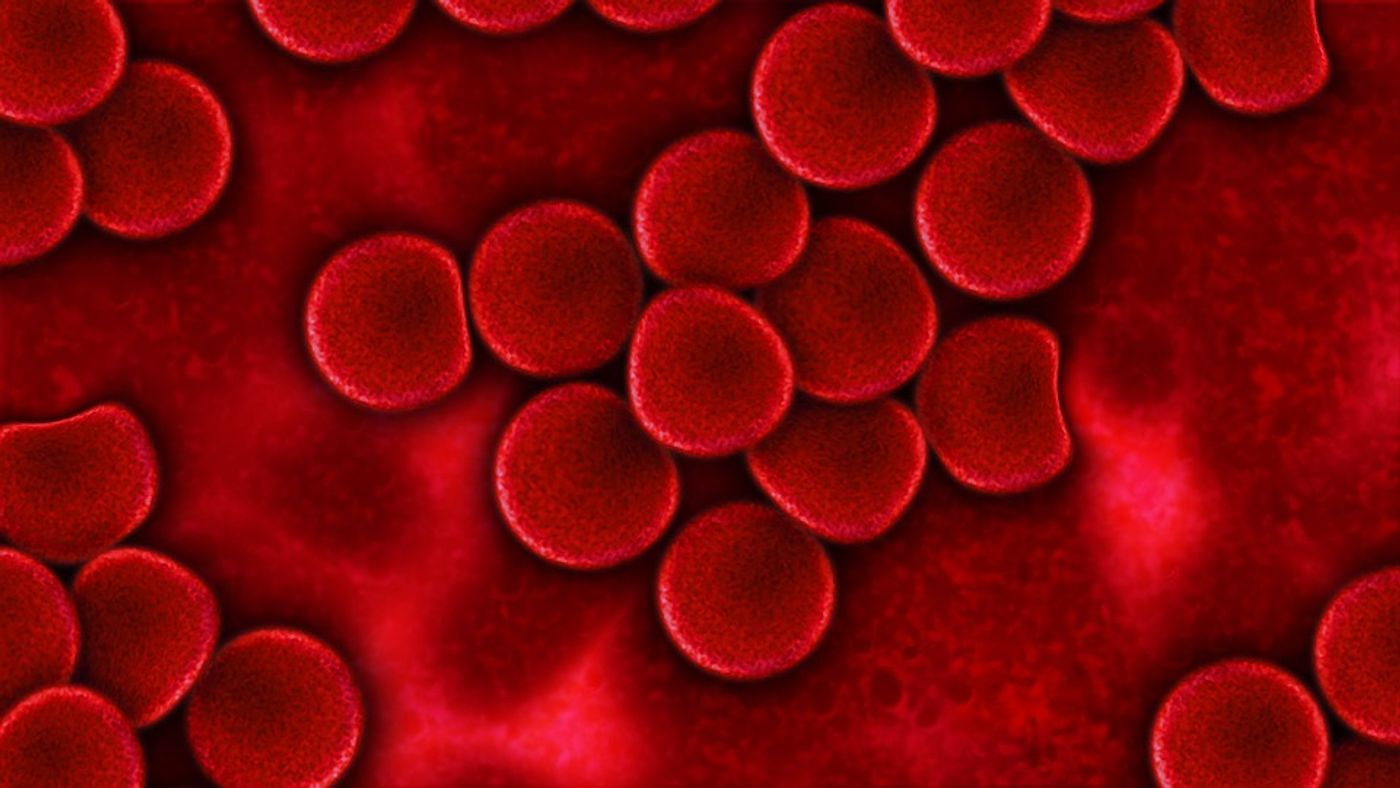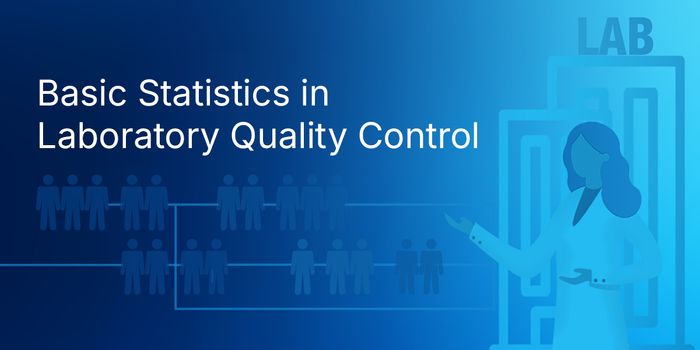Technique Prevents Graft-Versus-Host Disease
Bone marrow transplants are often considered to be the last resort treatment, because the procedure could have the nearly same chance of saving a patient as it does harming the patient. But now, scientists at the City of Hope say they have found a way to make the procedure safer for patients.
For patients with leukemia or lymphoma, a stem cell or bone marrow transplant is considered the only curative therapy. The procedure replaces a patient’s diseased blood stem cells with healthy ones from a matched donor. But in some cases, the donor’s cells can attack the recipient’s health tissues, and can cause tremendous multiple organ complications. This attack is known as graft-versus-host disease (GVHD).
"Currently, immunosuppressive drugs have been used to prevent GVHD, but immune-suppressants also subdue the anti-cancer effects of the donor T cells, potentially resulting in cancer relapse, in addition to other side effects such as an increased risk of infection," said Defu Zeng, who led the international collaboration at the City of Hope. "Therefore, prevention of GVHD while preserving anti-cancer effects remains the 'holy grail' of allogenic HCT [hematopoietic cell transplantation]." Of note, allogenic HTC refers to using stem cells derived from a donor.
The team report that one way to prevent GVHD is to temporarily deplete a specific type of of donor T cells, called CD4+, following the infusion of stem cells. In the absence of low CD4+ cells, another type of T cells, called CD8+, seems to be more focused on destroying tumor cells rather than the healthy cells. This has the effect of boosting graft-versus-leukemia, while preventing graft-versus-host disease.
"If successfully translated into clinical application, this regimen may represent one of the novel approaches that allow strong GVL effects without causing GVHD," said Zeng. "This kind of regimen has the potential to promote wide-spread application of allogenic HCT as a curative therapy for hematological malignancies."
So far the study has been limited to mouse models. Next, Zeng and colleagues plan to apply this method in human clinical trials.
Additional sources: City of Hope









